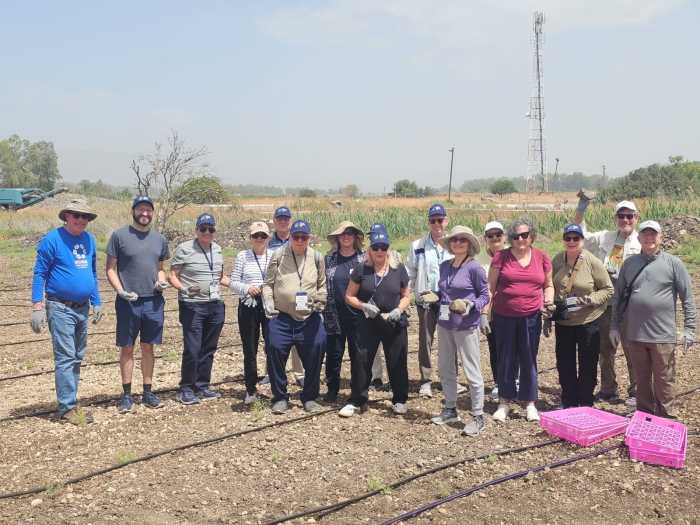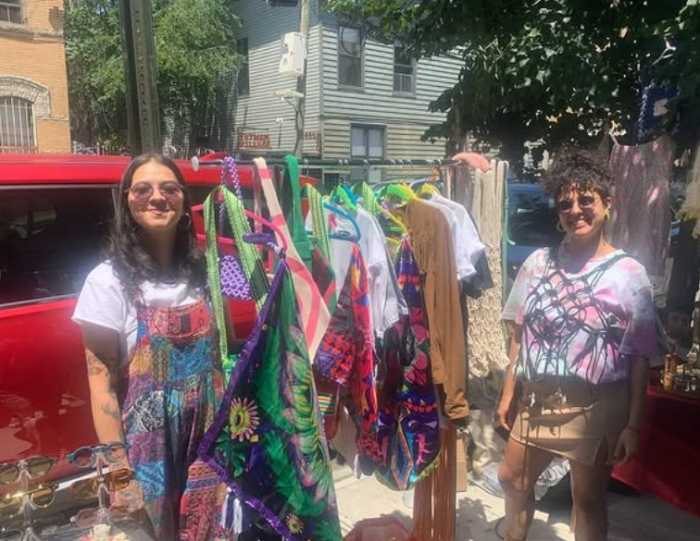Pol: Guards Against ‘Fracking’ Effects
City Council Member James F. Gennaro, chairman of the City Council Committee on Environmental Protection, called on the state Department of Environmental Conservation (DEC) to establish safeguards to protect New York City’s water supply system from some of the worst effects of the process of highvolume hydraulic fracturing, also known as hydrofracking.
In a letter sent to the DEC before the Jan. 11 deadline for comment on the agency’s proposed Revised High- Volume Hydraulic Fracturing Regulations, Gennaro backed the city’s Department of Environmental Protection’s (NYCDEP) proposed seven-mile buffer zone to safeguard much of the city’s upstate vital water tunnels from possible increased seismic activity caused by fracking practices.
However, in order to minimize the chance of damage to the city’s upstate water tunnels and aqueducts, which provide one billion gallons of water each day to nine million New Yorkers, Gennaro called for the seven-mile buffer zone to be extended to cover even more of the system.
Currently, the DEP proposes a seven-mile buffer for parts of the water system, and a “hybrid” approach for other parts of the water supply system, which would include an immediate buffer zone of two miles where no fracking would be allowed, plus a five-mile zone where fracking could possibly occur subject to further environmental review and increased safeguards. Gennaro prefers that the seven-mile buffer be employed to protect all critical upstate water supply infrastructure.
“While I respect and appreciate NYCDEP’s good efforts to advocate for the protection of the city’s water supply infrastructure, and its current position to continue to call for the seven-mile buffer for the most critical elements of the water supply infrastructure, I am uncomfortable with the hybrid approach and the additional risk it brings to water supply infrastructure protected by the hybrid approach,” Gennaro said. “Also, with no apparent financial mechanism to pay for possible multi-billion dollar damage to the system from fracking other than New York City water ratepayers, it is unacceptable, in my view, for the city to assume any additional risk to the system.”



































